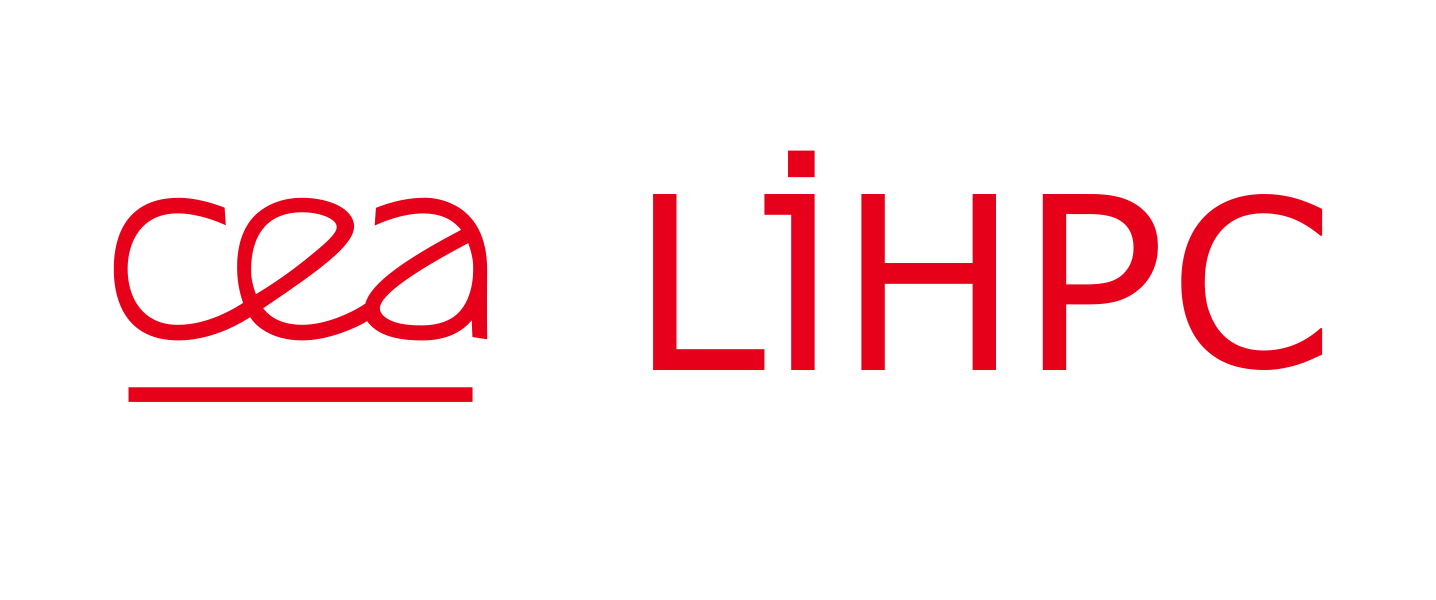Sébastien MESTRALLET a commencé sa thèse en octobre 2021. Il est rattaché à la Direction des énergies du CEA, sur le centre de Saclay, dans le laboratoire qui co-développe la plateforme SALOME (CEA-EDF-OpenCascade). Son directeur de thèse est Franck Ledoux (CEA).
Il travaille sur la génération automatique de maillages hexaédriques, par la méthode des polycubes. Les maillages hexaédriques sont très appréciés en simulation numérique, en raison du bien meilleur alignement des éléments avec le champ modélisé, et du faible nombre d’éléments par rapport à un maillage tétraédrique. Leur génération de manière automatique reste un problème ouvert, et la méthode des polycubes offre un compromis intéressant entre robustesse et qualité de maillage.
Il s’intéresse particulièrement à l’utilisation d’algorithmes génétiques dans le processus d’optimisation.
Abstract
Polycube-maps are used as base-complexes in various fields of computational geometry, including the generation of regular all-hexahedral meshes free of internal singularities. However, the strict alignment constraints behind polycube-based methods make their computation challenging for CAD models used in numerical simulation via finite element method (FEM). We propose a novel approach based on an evolutionary algorithm to robustly compute polycube-maps in this context. We address the labelling problem, which aims to precompute polycube alignment by assigning one of the base axes to each boundary face on the input. Previous research has described ways to initialize and improve a labelling via greedy local fixes. However, such algorithms lack robustness and often converge to inaccurate solutions for complex geometries. Our proposed framework alleviates this issue by embedding labelling operations in an evolutionary heuristic, defining fitness, crossover, and mutations in the context of labelling optimization. We evaluate our method on a thousand smooth and CAD meshes, showing Evocube converges to accurate labellings on a wide range of shapes. The limitations of our method are also discussed thoroughly.








